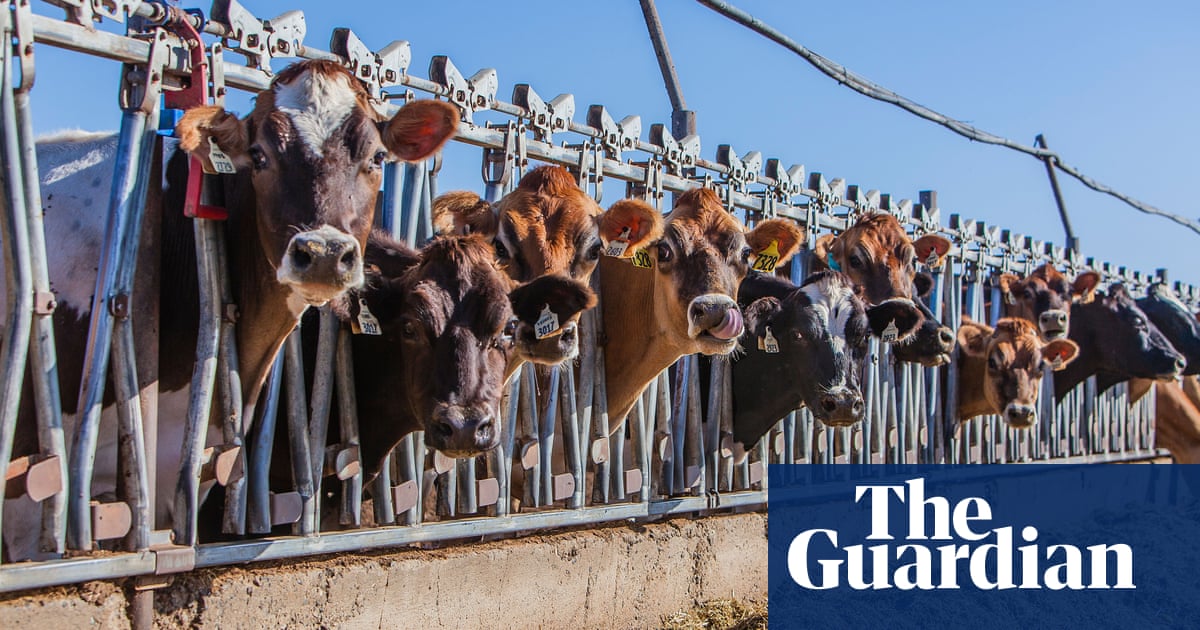
Global warming is changing European birds as we know them, a study has found, but it’s not just the increase in temperature that’s to blame.
Researchers have found that garden warblers, for example, are having a quarter fewer chicks, which has huge implications for the species. Chiffchaffs are laying their eggs 12 days earlier. Some birds are decreasing in size, while others, such as redstarts, are getting larger.
Researchers pored over data collected since the mid-60s in Britain and the Netherlands on 60 different species, including the house sparrow, the crested tit, the reed bunting, the bullfinch and the willow warbler. They zero in on how these birds have changed over time with regard to their egg-laying schedules, number of offspring and morphology.
Although research has already linked the way passerines are getting smaller over time to hotter temperatures, scientists weren’t sure whether this was due to heat stress directly or because rising temperatures make it harder to forage.
The scientists investigated what proportion of changes over time were linked to warming, and whether warming affected some species or traits more than others, as well as whether other factors unrelated to temperature reinforced these effects.
The study, which was published in the Proceedings of the National Academy of Sciences journal last week, found that although more than half of trait changes are linked with rising temperatures – and warming is likely the largest factor driving change over the years – other factors such as urbanisation, pollution, habitat loss and more could also affect shifts in characteristics.
“For example, climate change caused chiffchaffs to lay their eggs six days earlier over the last 50 years, but other unknown environmental factors led to an additional six days, meaning in total they now lay their eggs 12 days earlier than they did half a century ago”, said Martijn van de Pol, lead author of the paper from James Cook University in Australia.
A change in schedule this big can cause a mismatch between when chicks are born and when food is available for them, breaking the ecosystem balance.
On average, up to 57% of overall change over the past decades can be linked to temperature warming, according to the study. Approximately 32% of 60 bird species had changes in body conditions due to temperatures, with an average decrease in size of 0.45% for every celsius increase in heat. About 86% had changes in egg-laying times, and 31% had changes in their number of offspring.
“Garden warblers in the UK have experienced a 26% decrease in their average number of offspring over the past half century, which is really concerning for the long-term fate of this species,” said Nina McLean, the lead researcher on the study, from the ANU Research School of Biology. “But only half of this reduction, 13%, can be attributed to climate change.”
Not all species are being affected the same way. Some, like the redstart, are clearly increasing their body condition and offspring number. The researchers speculate the variation of how much different species’ traits are changing is most probably up to non-temperature factors.
“The study gives a well-grounded explanation for why different species change at such different rates. And it is not to do with temperature sensitivity, but with those other, non-temperature factors,” said Shahar Dubiner, an ecologist at Tel Aviv University, who was not involved in the study. Dubiner’s research has, similarly, found dramatic changes in shape and body condition for over half of Israeli bird species – including many who migrate from Europe, such as storks.
Overall, this means warming is likely the largest factor driving trait change, but it’s not the only element at play. Other adjacent factors may play a more prominent role than previously thought – the question is what these other non-temperature factors are, and how they are linked to temperature increase.
This article was amended on 10 March 2022’. A previous version suggested that passerines referred solely to the swallow family. In fact it covers a far broader category of birds. The time period from which the research was gathered was also corrected, from the mid-90s to mid-60s.











